Garden Cress seed – Benefits

You may have eaten garden cress in the past or you may not have even come across this small-but-mighty herb. However, whichever category you fall into, just relax and read through the entire article as some top 15 astonishing benefits of garden cress are unravelled. We oftentimes fail to understand the full composition of the everyday food we eat but in the actual sense, this shouldn’t be the case.
Understanding the food we eat, both vegetables, root plants, tubers, grains etc does not only help us to satisfy our ever-growing quench for hunger but also goes a long in helping us to know why we should eat certain food, when and how to eat such food so as to obtain all the benefits attached to the food. Some plants might be smallish in nature but yet very powerful in their abilities and one of such small-but-powerful plant is garden cress.
Garden cress (a.k.a halim), which is also known as Lepidium sativum is an edible fast-growing herb. Both the stems, seeds and leaves of garden cress are edible but only the stems and leaves can be eaten raw in salads or used for other culinary purposes. The seeds can be roasted or cooked before eating. Garden cress belongs to the cruciferous family and is related to mustard, pepperwort pepper grass and watercress. It is an annual plant with greenish flowers that are clustered in branched tapered shape. Commercially this plant is grown mainly in Scandinavia, the United Kingdom, France and the Netherlands.
Garden cress is ideally grown hydroponically whereby the cress is cultivated without soil using mineral nutrient solutions in water. Garden cress is usually harvested within two weeks of cultivation and can be preserved by placing the stems in a water container and then refrigerating them for at least one week. Researchers reveal that garden cress is packed with numerous medicinal properties that are highly beneficial to our health however they highlighted that the plant should be consumed with care as excess consumption can pose adverse effect to health
Benefits of Garden Cress
1. Medicinal Properties
Both the leaves, stems and seeds of garden cress are used in preparing traditional medicine for example, the seeds are used as remedy for minimizing asthma symptoms as well as improves lung function in people suffering from asthma. Also garden cress can be used for treating patients suffering from bleeding piles.
2. Menstrual Cycle Regulation
The garden cress seeds contain phytochemicals that are similar to estrogen therefore consuming them helps to make irregular menstruation become more regular.
3. Indigestion
Garden cress seeds can be eaten to relieve the symptoms of constipation and indigestion.
4. Respiratory Infection Treatment
Garden cress seeds can be chewed or blended and mixed with honey, which is taken as an expectorant for treating cold, headache, asthma, sore throat and cough.
5. Iron Deficiency Treatment
Garden cress seeds are used for treating patients suffering from iron deficiency anemia. Consumption of these seeds help to boost the haemoglobin level over time.
6. Culinary Purposes
Garden cress is characterised by peppery, aromatic and tangy flavour. It can be eaten raw in salads and sandwiches or used as herbs for food seasoning. The seeds can also be roasted with salt before eating.
7. Dermatological Treatment
Garden cress seeds can be blended with water and honey to form a thick paste that can be applied on the skin to treat sunburn, irritated skins, dry skin and broken lips.
8. Hair Loss Treatment
Garden cress is an excellent source of protein and iron thus can be used for treating people suffering from hair loss.
9. Immunity Boost
Consumption of both garden cress stems, leaves and seeds help to boost the immune system.
10. Milk Production
Consuming garden cress helps to stimulate the mammary glands to start producing milk in lactating mothers. Due to this powerful property of garden cress, new mothers are encouraged to eat food containing garden cress to facilitate milk production. Moreover, due to the high protein and iron contents of garden cress, it is ideally given post-partum to breastfeeding mothers.
11. Aphrodisiac
Consumption of garden cress greatly helps to improve and boost libido.
2. Gastrointestinal Treatment
Garden cress can be used as a laxative and purgative for patients suffering from constipation. Garden cress seeds can be blended and mixed with honey, which is used for treating diarrhoea and dysentery. Garden cress can be blended and infused with hot water, which is used for treating colic especially in children.
13. Anti-carcinogenic
Garden cress seeds have antioxidants that help to prevent free radicals from damaging the body cells. Due to this property, it can serve as a chemoprotective drugs for protecting the body from cancerous growths.
14. Nutritional Values of Garden Cress
Garden cress is an excellent source of folic acid, vitamins C, dietary fiber, iron, calcium, protein, vitamin A, folate and vitamin E. The seeds of garden cress are also highly nutritive and they contain ascorbic acid, tocopherol, folic acid, calcium, linoleic fatty acids, iron, beta-carotene and arachidic.
15. Memory Booster
Garden cress seeds contain arachidic fatty acid and linoleic acids thus can serve as a memory booster.
Side-effects of Garden Cress
1. Diuretic Properties
Garden cress contains diuretic properties thus patients suffering from frequent passage of water and urine should be cautious when using this plant.
2. Abortifacient Properties
Garden cress is abortifacient in nature thus capable of inducing abortion in early pregnant women if taken in excess. Pregnant women should refrain from eating garden cress as it has the tendency to induce uterine contractions and abortion. Garden cress seeds can increase uterine contraction, thus certain people use it to induce labor in late stages of pregnancy.
3. Goitrogenic Properties
Garden cress contains goitrogens, which are substances that subdue the proper functioning of the thyroid gland through its interference with iodine absorption. If consumed in large quantities can cause the thyroid gland to enlarge, thereby causing goiter and hypothyroidism.
Garden Cress Buying Guide
1. When purchasing cress, always look out for fresh, evenly-greenish coloured firm leaves with upright whitish stems.
2. Refrain from buying garden cress that shows signs of discolouration and withering.
How to Grow Garden Cress
Garden cress can be grown both in the garden, kitchen or any convenient place in the house.
~ To grow garden seeds, purchase some high quality halim seeds.
~ Mix soil, manure and water in a portable pot, tray or container.
~ Scatter the halim seeds over the prepared soil.
~ Gently press the seeds into the soil.
~ Place the pot of halim seeds in a suitable environment with enough sunlight.
~ Remember to water the growing halim seeds regularly.
~ Watch out for the sprouting garden cress within 3 to 4 days.
~ The garden cress sprouts grow, curl over each other and mature within 2 to 3 weeks.
~ Harvest the matured garden cress leaving behind the roots to regrow back again for more harvests.
How to Preserve Garden Cress
Garden cress can be stored in a plastic and placed in the refrigerator for up to a week. The seeds can be sun-dried and stored for later use.
Precaution
Eat garden cress with care, within the right amount and within the right proportion.
DISCLAIMER
This post is for enlightenment purposes only and should not be used as a replacement for professional diagnostic and treatments. Remember to always consult your healthcare provider before making any health-related decisions or for counselling, guidance and treatment about a specific medical condition.
Garden cress: small seed with big benefits

How to use and store it
Both the leaves and stems can be eaten raw in salads or sandwiches, and are sometimes called cress sprouts. When buying cress, look for firm, evenly coloured, rich green leaves. Avoid cress with any signs of slime, wilting, or discoloration. If stored in a dry plastic bag or container, it can last up to five days in a refrigerator. To prolong the life of cress, place the stems in a glass container with water and cover them, refrigerating the cress until it is needed.
Why you should be eating more garden cress
Garden cress is an important source of iron, folic acid, calcium, vitamins C, E and A. The seed contains essential fatty acids that can give you thick, shiny hair and healthy skin. The seeds are high in calories and protein, whereas the leaves are an excellent source of vitamin A, C and folate.
Sexual and reproductive health
Garden cress has mild oestrogenic properties. It helps to regulate the menstrual cycle. No wonder it’s considered as a must have for women.
Kheer made of garden cress seeds increases milk production and secretion in lactating mothers. Before using the seeds be sure to soak them in water or milk for 2-3 hours. This enhances the taste. Because of its high iron and protein content, it is often given to lactating mothers.
Garden cress helps to improve libido [and this works for both, men and women!]
For the digestive system
Garden cress helps purify blood and stimulate appetite. If you suffer from constipation, make sure to add garden cress to your diet.
Paste made of the seeds can be had with honey to treat amoebic dysentery.
Garden cress crushed and had with warm water is beneficial to treat colic, especially in infants.
For the respiratory tract
Garden cress seeds are good expectorants. Chew on them to get relief from sore throat, cough, asthma and headache. The aerial parts are used in the treatment of asthma and cough.
For anaemia
Garden cress seeds being the richest source of non-haeme iron [an easily absorbed iron] help to increase the haemoglobin levels. When taken regularly, it can reduce anaemia and bring the blush back to your cheeks.
Have some form of vitamin C [citrus fruit or supplement] half an hour after consumption of these seeds as it enhances iron absorption.
For cancer
Garden cress seeds contain antioxidants like vitamin A and E which help protect cells from damage by free radicals. Hence, these seeds can reduce the intensity of side-effects of chemo.
For other things
Garden cress seeds are memory boosters because they contain arachidic and linoleic acids. They help gaining lean body mass because they are a good source of iron and protein. Research has proved that 60 per cent women have hair loss due to low iron levels and poor protein. A teaspoon of garden cress seeds soaked in lime water helps in iron absorption, which in turn strengthens hair. The plant is also used in treating bleeding piles. The leaves are mildly stimulant and diuretic, useful in scorbutic [related to or resembling scurvy] diseases and liver complaints. A paste of the seeds with water is applied to chapped lips, and against sunburn.
Side-effects
Though it’s not likely that you will overdose on halim seeds, no matter how delicious you find the kheer or the laddoos, nevertheless here’s what could go wrong if you have it in excess. It contains goitrogens that prevent iodine absorption by the thyroid and hence it can lead to hypothyroidism. If large quantities of garden cress are consumed, the mustard oil it contains may cause digestive difficulties in some people who are sensitive to it. Therefore, garden cress should be eaten in moderation.
| Energy | 30 Kcal |
| Carbohydrates | 5.5 g |
| Dietary fibre | 1.1 g |
| Protein | 2.6 g |
| Fat | 0.7 g |
| Vitamin A | 346 mcg |
| Folate | 80 mcg |
| Vitamin C | 69 mg |
| Calcium | 81 mg |
| Iron | 1.3 mg |
Garden Cress Seeds – تخم ہالیوں – ہالوں – حب الرشاد – تخم سپندان – تیزک
ماہیت ۔
ایک بوٹی کے تخم میں جو زردی مائل سیاہ اورمزہ میں تندو تیز ہوتے ہیں اس کی دو اقسام ہیں ۔1 بڑی 2 ۔بستانی ۔
جس کے تخم سفید یا سرخ اور گول ہوتے ہیں اسے رائی کہتے ہیں جبکہ بری کے پتے سرخی مائل کسی قدرلمبےتخم ریحان کی مانند ہوتے ہیں اس کو حب الرشاد کہتے ہیں ۔
مقام پیدائش ۔ پاکستان و ہندوستان میں پنجاب یوپی وغیرہ میں خودرو ہے ۔
مزاج ۔ گرم خشک ۔درجہ دوم ۔
افعال ۔ منفث بلغم ،مشتہی ، مدربول و حیض ،قاتل کرم شکم ، مخرج جنین مقوی ، و ممسک ۔۔۔ بیرونی طورپر محمر،محلل ۔
استعمال ۔ ہالوں کو زمانہ قدیم سے مسکن درد کیلئے استعمال کرتے ہیں ۔ آج بھی ریحی دردوں کی مشہور دوا ہے۔ امراض معدہ اور آمعاء میں خصوصاً سنگرہنی،اسہال اور کمی بھوک میں بے حد مفید ہے ۔اور قاتل کرم شکم میں بھی ہے ۔
تخم حرف کو منفث بلغم ہونے کی وجہ سے تنگی تنفس اور کھانسی میں استعمال کرتے ہیں ۔ یہ دافع بلغم دواء ہے اورمقوی معدہ ہونے کی وجہ سے ہچکی میں بھی استعمال کرتے ہیں اسکے پتے کترواں اور کھالے چرپرے رائی کے ذائقہ والے ہوتے ہیں اسکی چٹنی بناکر کھاتے ہیں
بیرونی طور پر برص ،جھائیں اور چھیپ وغیرہ میں زائل کرنے اور بعض ورموں کو تحلیل کرنے کیلئے اس کا طلاء یا ضماد کرتے ہیں ۔
اس کے بیجوں کو مبہی اور ممسک کے طور پر استعمال کرتے ہیں ۔
فوائد خاص ۔ مقوی باہ ومعدہ ۔
مضر۔ گردوں کیلئے ۔
مصلح ۔ شکر ،تخم خیاریں
بدل ۔ رائی ۔
مقدارخوراک ۔ دو سے تین گرام ۔
طب نبوی ﷺ اور حب الرشاد ۔
حضرب عبداللہ بن جعفرؓ اور حضرت ربان بن صالح بن انسؓ روایت کرتے ہیں کہ رسول اللہﷺ نے فرمایاکہ
اپنے گھروں میں حب الرشاد مر اور صعتر سے دھونی دیتے رہاکرو۔
حضرت عبداللہ بن عباسؓ روایت فرماتے ہیں کہ آپ ﷺ نے فرمایاکہ ’’کیاتم نہیں جانتے کہ کن دو کاموں میں شفا ہے۔ الشفا (حب الرشاد )اور صبر میں ۔

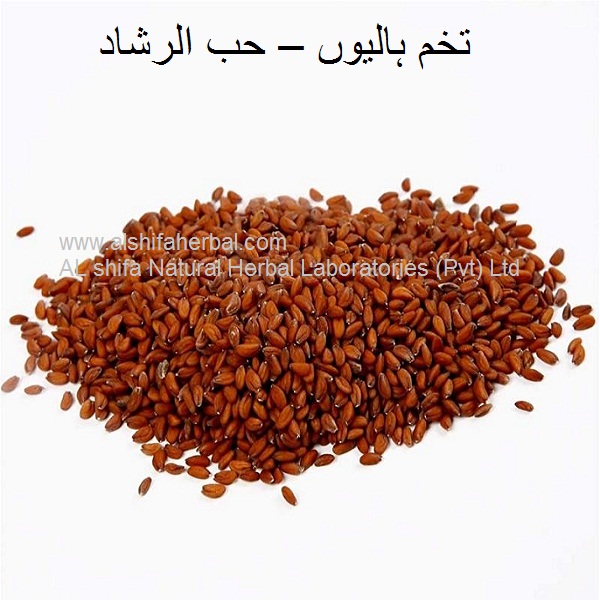
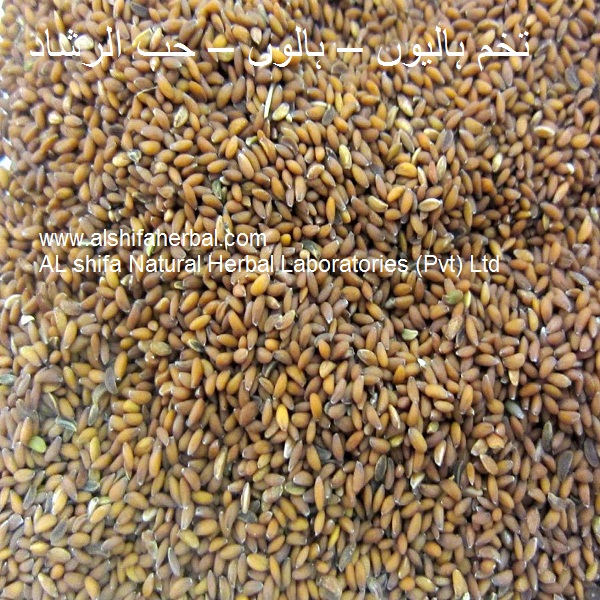
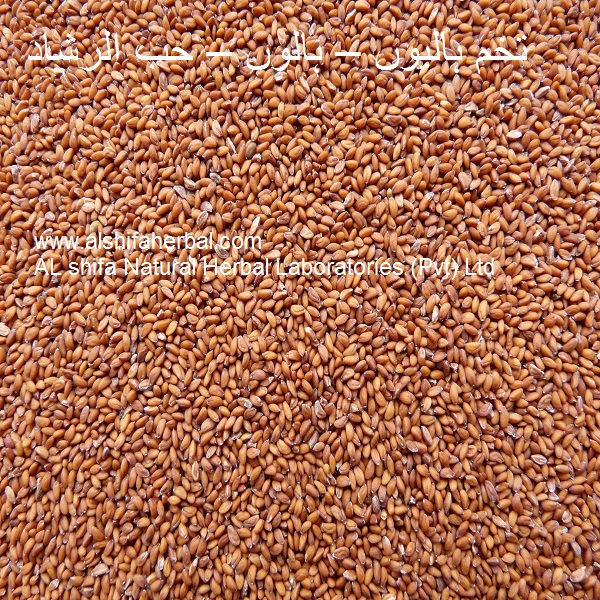
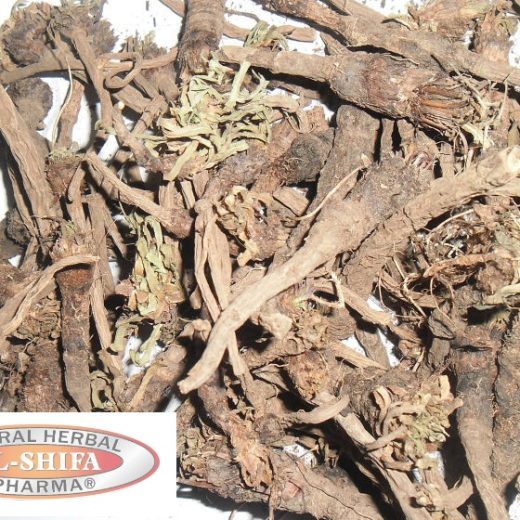
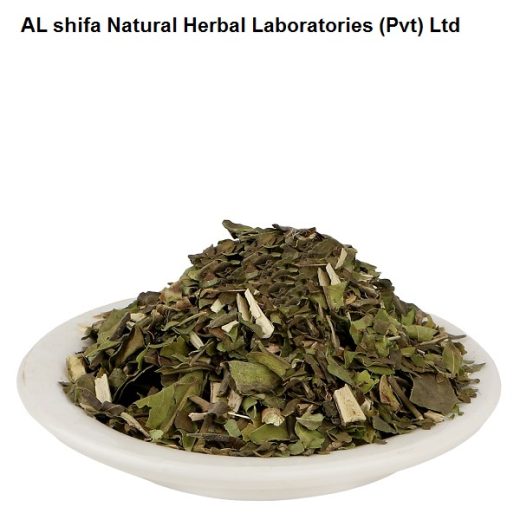
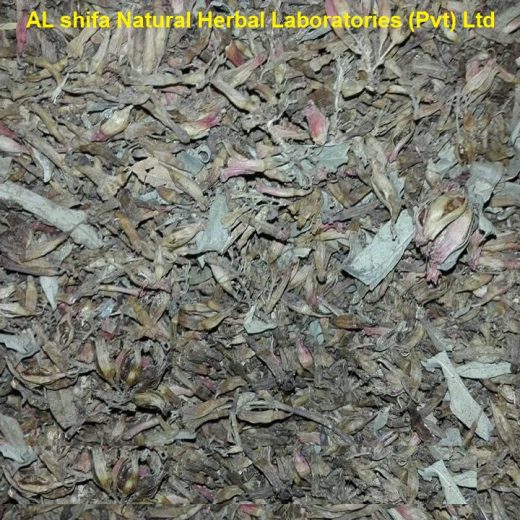



Reviews
There are no reviews yet.